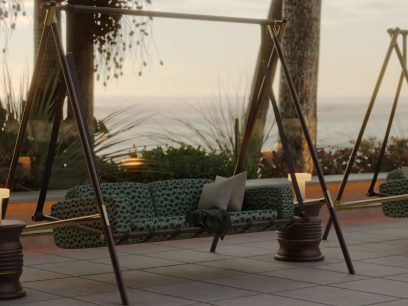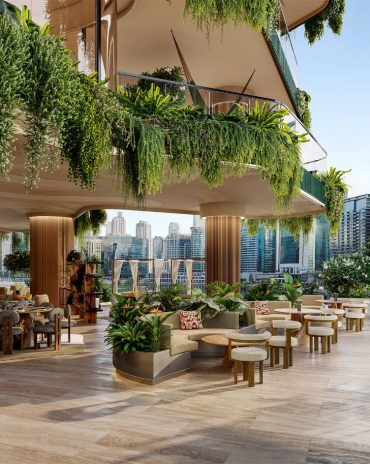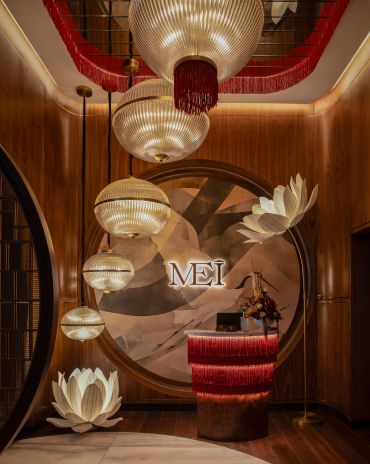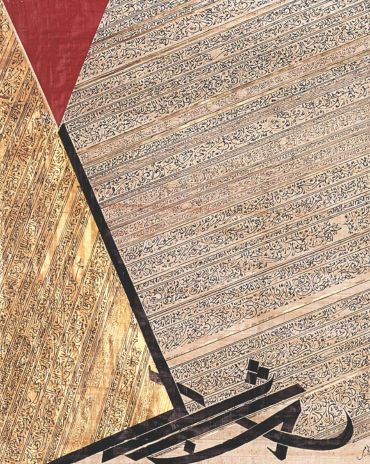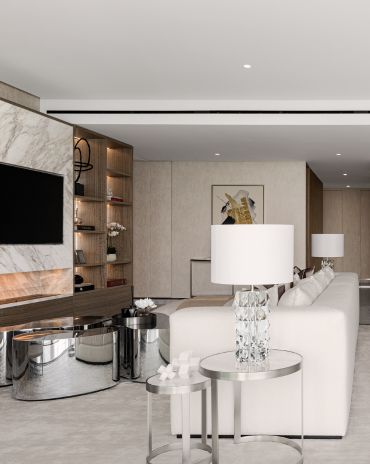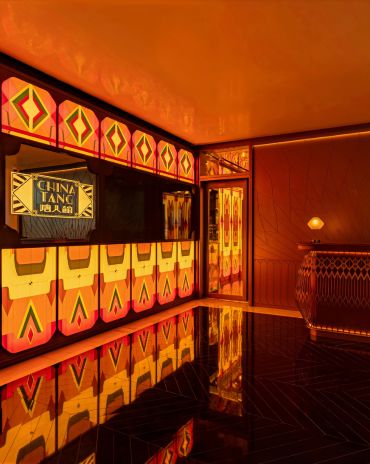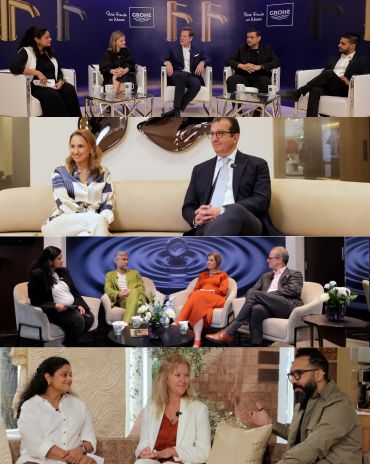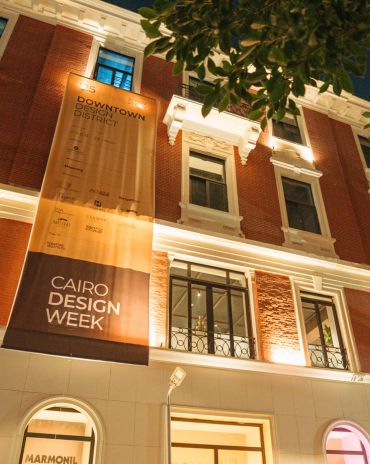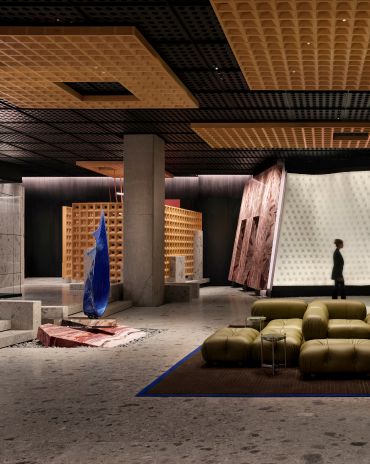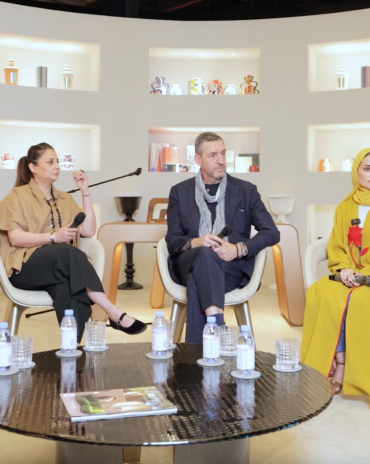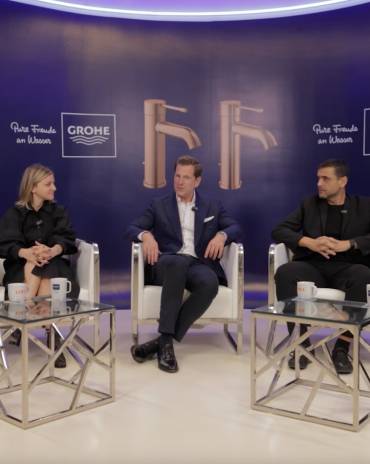Copyright © 2025 Motivate Media Group. All rights reserved.
Ghassan Salameh on organising Dubai Design Week 2020 during a global pandemic
Ghassan Salameh curated the UAE Designer Exhibition during Dubai Design Week
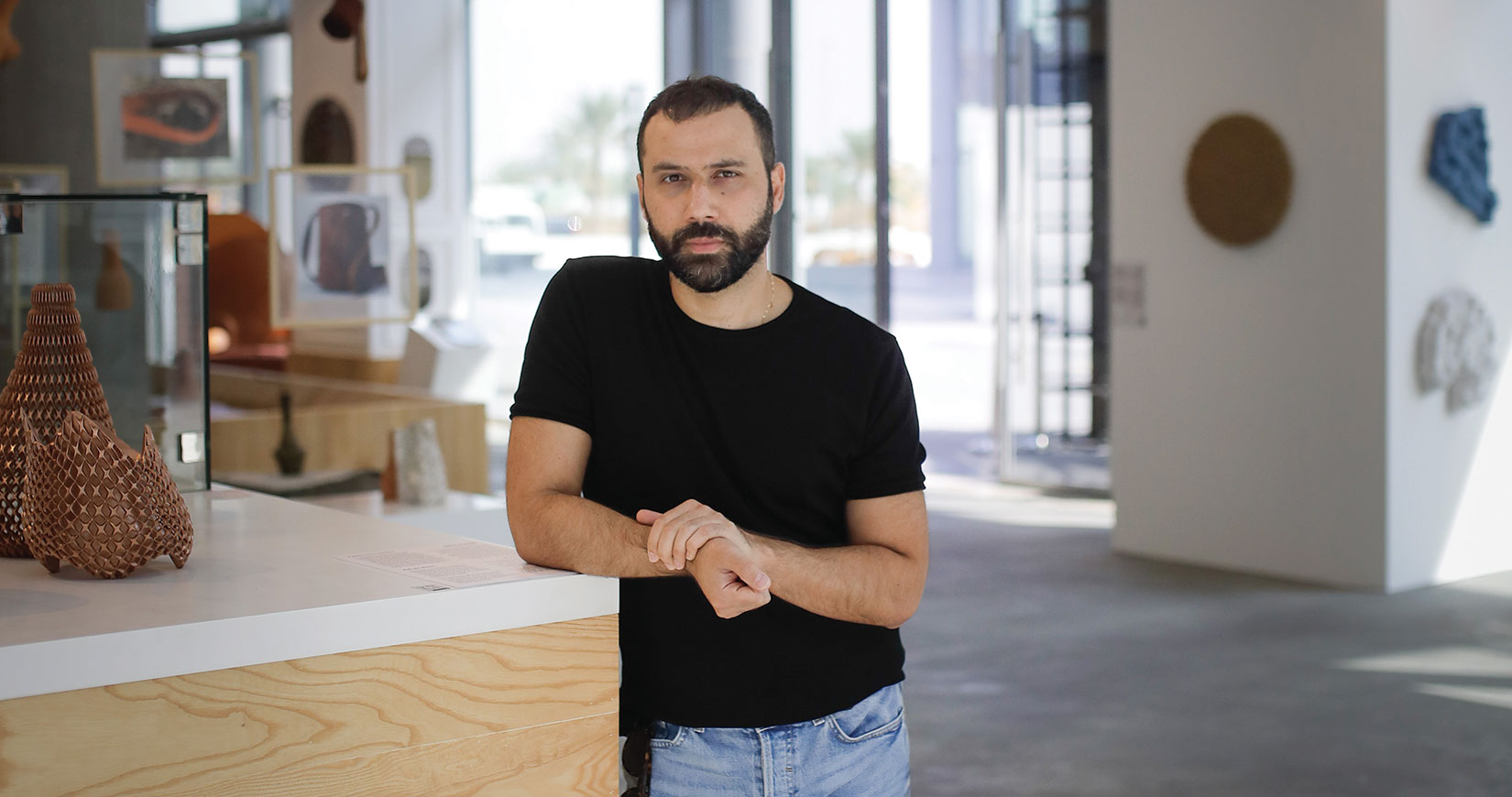
Lebanese designer and curator Ghassan Salameh speaks of the challenges behind the formation of Dubai Design Week 2020 in the midst of a global pandemic
What have been your ambitions and vision for Dubai Design Week? From the beginning, it was agreed that I would further develop the public programming of Dubai Design Week, focusing on regional and local creative communities. At the time, the plan was that I would do more personal outreach – such as visiting different countries in the region and working with organisations and institutions that are already established within their own countries – and work with them to develop programmes and activities for the festival. All this got disrupted due to the COVID-19 pandemic, which ironically ended up serving the same initial purpose.
The lack of international travel and the economic impact of the crisis on global economies meant that we now had less international content due to movement and budgetary restrictions, leaving us to look to our local communities for content production.
In early April, I developed the Dubai Ideathon. The concept behind this project was to invite creatives from different disciplines, levels of experience and types of businesses for two days of brainstorming workshops to explore and understand how this health crisis has affected their work, their businesses and their creative productions – and to learn more about their expectations in terms of support from related governing institutions and organisations. This individual and community-specific approach allowed us to better understand the needs of local and regional communities, and to tailor this year’s programme accordingly.
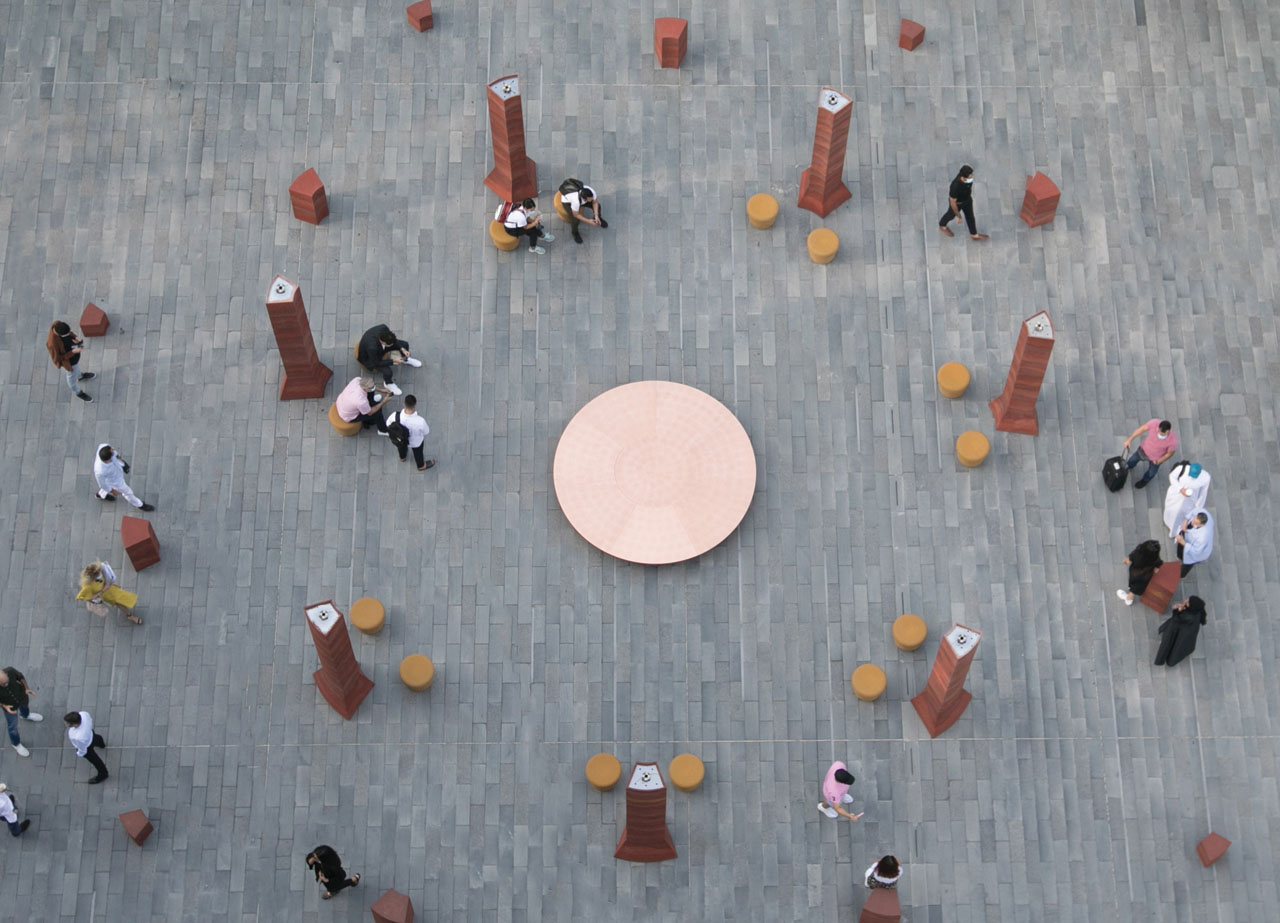
Photo: Jalal Abuthina
Besides the obvious challenges that COVID-19 presented, did the sudden shifts in our daily life make you consider or reconsider certain approaches? Frankly, coming from Lebanon, I do not remember a time where there wasn’t some type of ongoing crisis. Living in such an environment automatically puts you in the mindset of constant urgency. Way before the pandemic started, I had realised that my creative skills are more valuable if they are set to serve actual relevant issues with a human-centric approach.
This is why I decided, about five years ago, to alter my focus towards more socially oriented design and thinking practices. I have since then attempted, through my personal design work and curatorial work, to raise awareness and shift the discourse on the design practice from a consumer-related focus to understanding the importance of designers as thinkers, planners and solution providers, while attempting to make a positive impact on social, economic and environmental issues.

Tell us about the UAE Designer Exhibition that you curated. What was the curatorial direction and what were you hoping to communicate through this exhibition? The UAE Designer Exhibition came together after putting out a public open call for designers, makers and creative practitioners based in the UAE to submit their latest work. This project was conceived with the aim of offering a complimentary platform for emergent creative producers to showcase their work during Dubai Design Week 2020.
The site-specific exhibition was located in a former restaurant in d3, with minimal intervention into the space. utilising the existing interiors to display the designers’ works.
More than 20 creatives from diverse backgrounds, levels of expertise and creative interests, living and producing in the UAE, shared a common space in a collective effort to propose explorations of subject matters currently relevant within the local context, with the aim of offering a larger platform for commonly under-represented communities in a more accessible space.

What does your selection say about design in the UAE today? There is definitely a growing design scene here and it is apparent that there is an interest in supporting the design sector on a governmental level through different initiatives and programmes supported by various public cultural institutions.
There is also considerable growth and development in academic programmes, with universities graduating candidates and future design professionals with great potential.
There definitely is an underlying richness in content here, especially because the city has a strong multi-nationality community that feeds into a cultural diversity that should be further celebrated and represented.
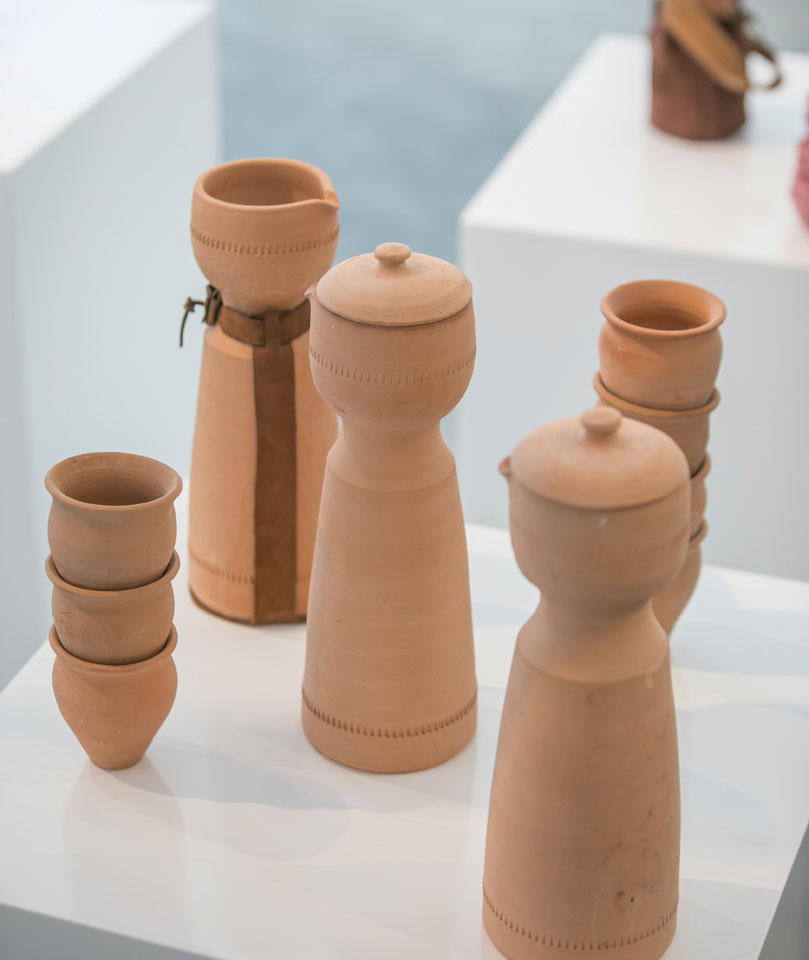
In the aftermath of the pandemic, do you think there needs to be a rethinking of the way we approach design fairs? Certainly. We can already see how the format of a fair has globally changed, with many organisations already going virtual with their events and venturing into more digital content. Many others are downsizing due to a lack of physical participation and cuts to marketing budgets, forcing the organising parties to rethink not only formats but also function and purpose.
It certainly depends if the organising institution has a profit-driven objective or not, but generally I believe many fairs around the world realised that they should be supporting more local and emerging talents in order to keeping creative production going and preserve their creative industries. Fairs and organisations can no longer stay out of the conversation and only cater to commercial needs. They must act as platforms that gather designers around important and crucial subjects, acting as launching pads for social innovation.
The Latest
How Eywa’s design execution is both challenging and exceptional
Mihir Sanganee, Chief Strategy Officer and Co-Founder at Designsmith shares the journey behind shaping the interior fitout of this regenerative design project
Design Take: MEI by 4SPACE
Where heritage meets modern design.
The Choreographer of Letters
Taking place at the Bassam Freiha Art Foundation until 25 January 2026, this landmark exhibition features Nja Mahdaoui, one of the most influential figures in Arab modern art
A Home Away from Home
This home, designed by Blush International at the Atlantis The Royal Residences, perfectly balances practicality and beauty
Design Take: China Tang Dubai
Heritage aesthetics redefined through scale, texture, and vision.
Dubai Design Week: A Retrospective
The identity team were actively involved in Dubai Design Week and Downtown Design, capturing collaborations and taking part in key dialogues with the industry. Here’s an overview.
Highlights of Cairo Design Week 2025
Art, architecture, and culture shaped up this year's Cairo Design Week.
A Modern Haven
Sophie Paterson Interiors brings a refined, contemporary sensibility to a family home in Oman, blending soft luxury with subtle nods to local heritage
Past Reveals Future
Maison&Objet Paris returns from 15 to 19 January 2026 under the banner of excellence and savoir-faire
Sensory Design
Designed by Wangan Studio, this avant-garde space, dedicated to care, feels like a contemporary art gallery
Winner’s Panel with IF Hub
identity gathered for a conversation on 'The Art of Design - Curation and Storytelling'.
Building Spaces That Endure
identity hosted a panel in collaboration with GROHE.

